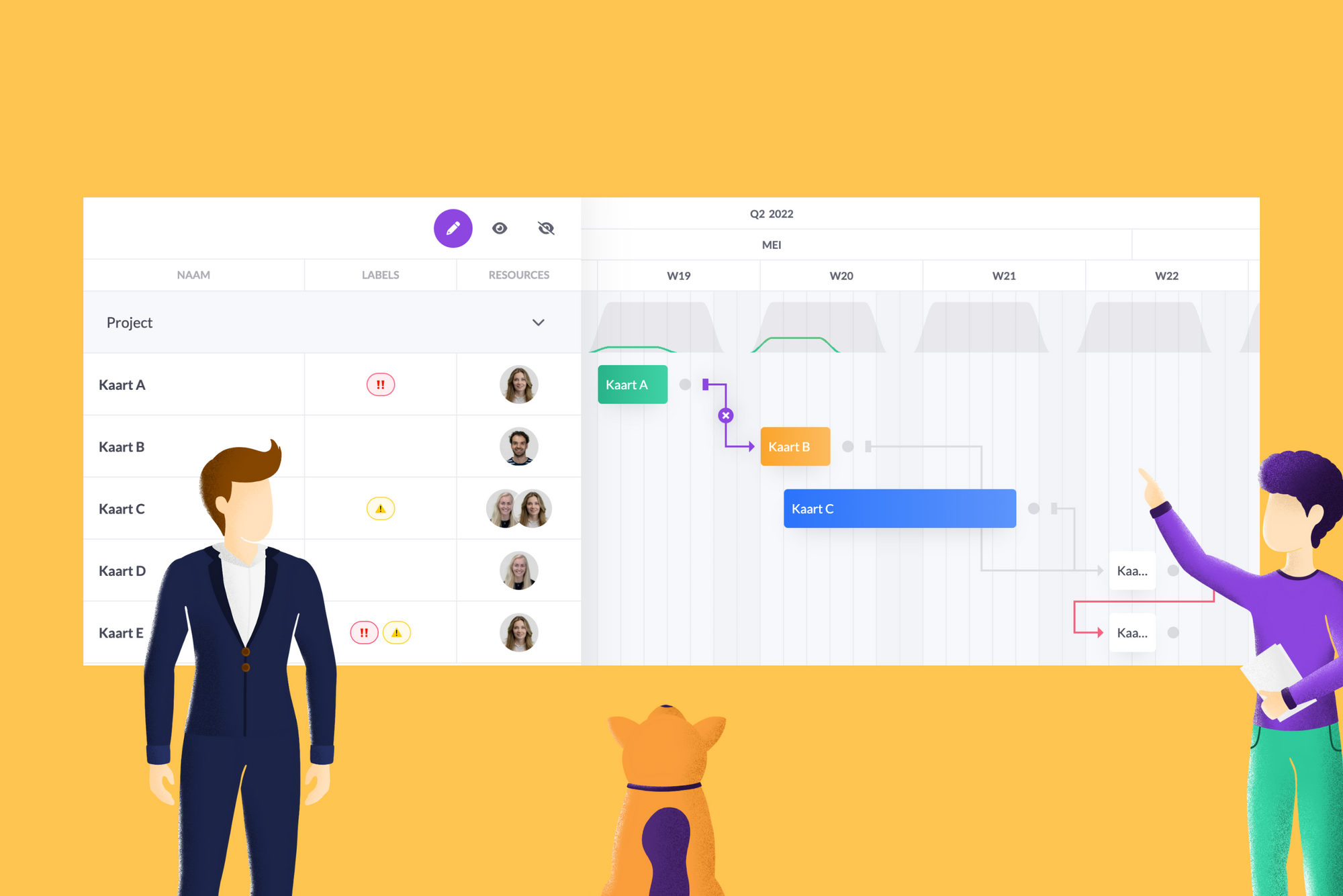New: Dependencies 🔗
When you are working on a task or project, it is often not just two simple tasks, but a set of tasks. With our new feature "Dependencies" we offer you an easy way to manage workflows.

Servant planning
Add up all your tasks and you probably have quite a long list. Some tasks are connected to each other. With our new Dependencies functionality, we offer you a great way to make connections between tasks to plan and execute projects even more successfully! Planning that serves.
What are dependencies?
With a dependency, you connect two cards together. One task is dependent on the other and is used to indicate when it should begin or end concerning the other task. vPlan has 3 types of dependencies, each with its own properties. First, we show how to create a dependency.
How do you create dependencies in the timeline?
Creating a dependency can be done in the timeline view. When you move your cursor over a card (bar), you will find anchors in the top left and bottom right corners. From here you can draw a dependency from card A to card B. The starting point is important because it determines which card is dependent on the other.
Created dependencies are shown as a line within the timeline. Next to the line, you will also see an arrow to indicate this connection. Okay and now? What happens to this connection? In vPlan, you have three types of actions that can be performed. We'll explain them below.
What do dependencies do?
If card A moves up and card B is dependent you can set what to do in vPlan. vPlan has 3 types of actions:
Notify
When the end of card A is before the start of card B, the line is coloured red. This is our notification that this is probably a problem. By placing card B after card A (or card A before card B) the notification will disappear. You can solve this manually.
Push
When the end of card A is before the start of card B, nothing happens. But when the end of card A is on the same day as the start of card B, we push card B aside. In this way, card B will always be behind card A. We only push and do not pull, so when card A is moved backwards, card B remains standing.
Maintain
With this setting, we hold the period between card A and card B when laying a dependency. When you move card A in the planning, card B will automatically move with it, keeping the intermediate days.
👉🏻 Please note: When a dependency is set, actions also affect other views, such as the list, kanban and calendar.
💡 Tip: You can create a series of cards with dependencies. In this way, a change of plan data on one card can affect all future cards that are connected.
New automation in integrations 🦾
We have also developed one new automation, specifically intended for our customers with an ERP integration. You can now indicate whether specific types of orders (sales, project, purchasing, production, quotation) should go to a specific backlog of a planning board. Imagine you have a board for your quotations. With this automation, you ensure that only quotations are placed in the planning board's backlog. Create a tidy and well-organised backlog with this new automation.

These developments are based on customer requirements. Do you have any great ideas to improve vPlan? We are looking forward to seeing your reaction! Submit them in our suggestion box. You can also vote on ideas from other users. See you next time! 👋🏻

